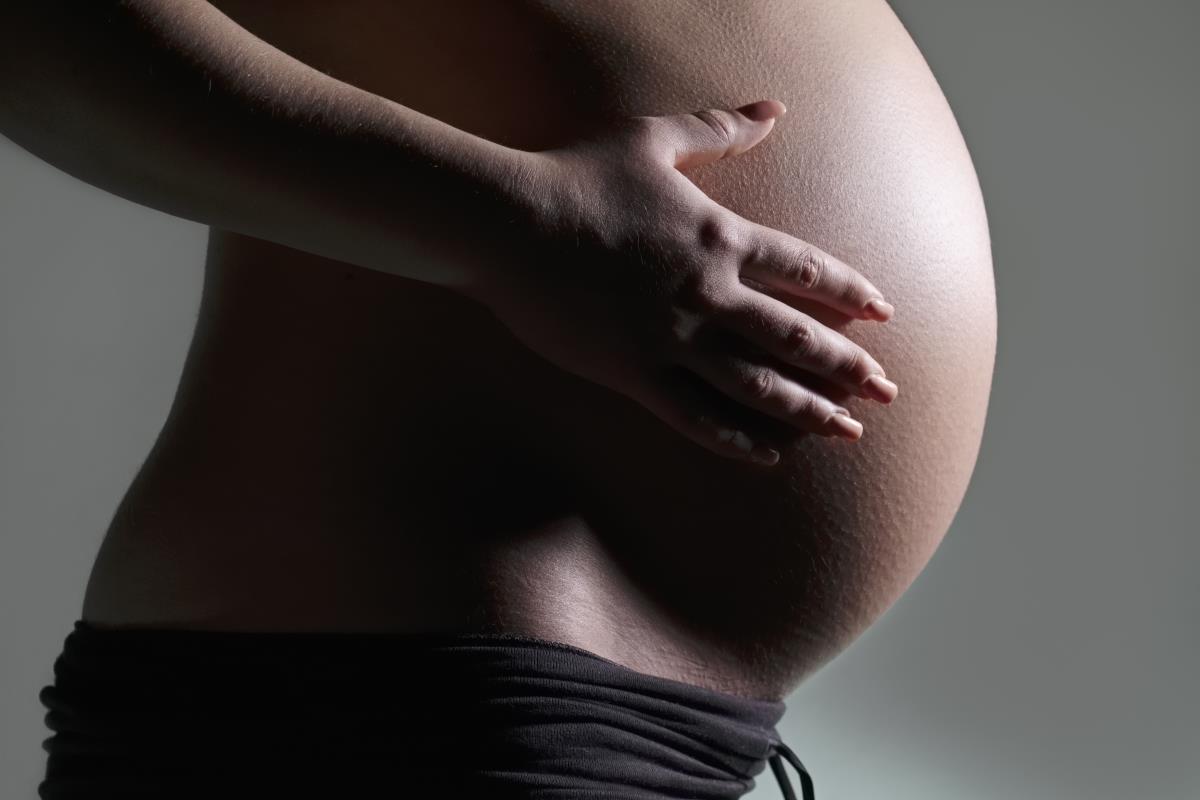
According to a recent study, exposure to chemicals in disinfectants commonly used by commercial airlines to disinfect airplanes before flights may cause neural tube defects (NTDs) in mice and rats of both sexes.
The study, which appeared in Birth Defects Research, revealed that ambient exposure to disinfectants called quaternary ammonium compounds (QACs), also referred to as “quats,” significantly raised the risk of NTDs more than oral dosing.
Moreover, the research findings showed that maternal or paternal ambient exposure to QACs was enough to induce NTDs in the next two generations of rodents.
QACs and their harmful effects
QACs are antimicrobial disinfectants often used in commercial and household settings. The class of QACs is diverse and includes hundreds of chemicals and chemical mixtures.
The researchers of this particular study sought to assess the reproductive toxicity of alkyldimethylbenzyl ammonium chloride (ADBAC) and didecyldimethyl ammonium chloride (DDAC). These compounds are types of QACs often found together in common cleaners and disinfectants in the market.
To test the potential adverse effects of a cleaner containing both ADBAC and DDAC on mice and rats, the researchers conducted a total of six experiments. During the first experiment, they determined that NTDs in mouse and rat embryos coincided with ambient exposure to ADBAC and DDAC.
The second experiment was designed to assess the effects of the chemicals during gestation. To do so, the researchers reared mice in a controlled room and fed them a gel diet with either a 60 or 120-milligram dosage of ADBAC and DDAC every day for eight weeks. The mice continued to receive the dosed diet throughout mating and gestation.
The third experiment tested for the multi-generational persistence of NTDs, while the fourth and fifth experiments tested pairings of exposed and unexposed male and female mice to determine the contribution of either maternal or paternal exposure to the cleaner.
The sixth and final experiment clarified the contribution of ambient exposure to ADBAC and DDAC on the rodents' risk of NTDs.
Their results showed that the dosed gel diet led to decreased fetal and placental weight. This confirms that ADBAC and DDAC have adverse effects during gestation.
NTDs also persisted for at least two generations even after the animals were moved to a room free of the chemicals during the second experiment.
Furthermore, the researchers found that maternal or paternal exposure alone was sufficient to induce NTDs in offspring. The last two experiments also showed that ambient exposure affects the rodents' risk of NTDs to a much greater extent than oral dosing.
Taken together, these findings provide clear evidence that ambient exposure to ADBAC and DDAC can cause birth defects that persist across generations. These findings also suggest that ADBAC and DDAC can be toxic to humans as well, what with their prevalence in cleaners and disinfectants.
Increased use of QACs amid pandemic
In light of studies like this, it's not surprising that experts are raising concerns over the increased use of QACs amid the pandemic. Health experts have enjoined people early on to regularly disinfect their indoor environment to help prevent disease transmission via contaminated objects and surfaces.
But this might have done more harm than good. In a recent study, researchers from Indiana University found traces of QACs in 46 samples of residential dust collected before and during the COVID-19 outbreak. They found 19 QACs in more than 90 percent of the samples.
Interestingly, they found higher concentrations of QACs in samples collected before the pandemic and in homes with higher disinfecting frequencies. In addition, the researchers also tested seven cleaning products frequently used in the sampled homes.
They detected QACs at concentrations reaching up to 16,600 milligrams per liter. Overall, their findings indicate that household cleaning products and disinfectants can contain potentially dangerous concentrations of QACs.
Exposure to these QACs might also be far more rampant during the pandemic than experts realize due to the increased use of disinfectants inside homes. (Related: Protect your home from coronavirus and other pathogens by making home-made disinfectants.)
Read more articles about the harmful effects of QACs and other toxic chemicals at Chemicals.news.
Sources include:
Please contact us for more information.





















